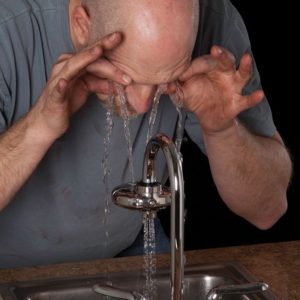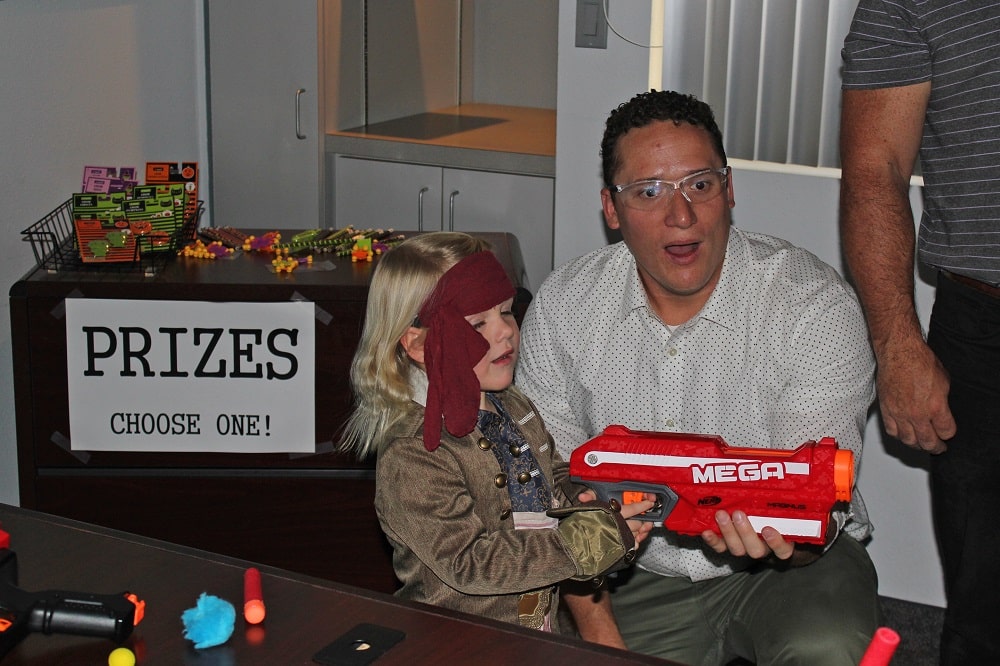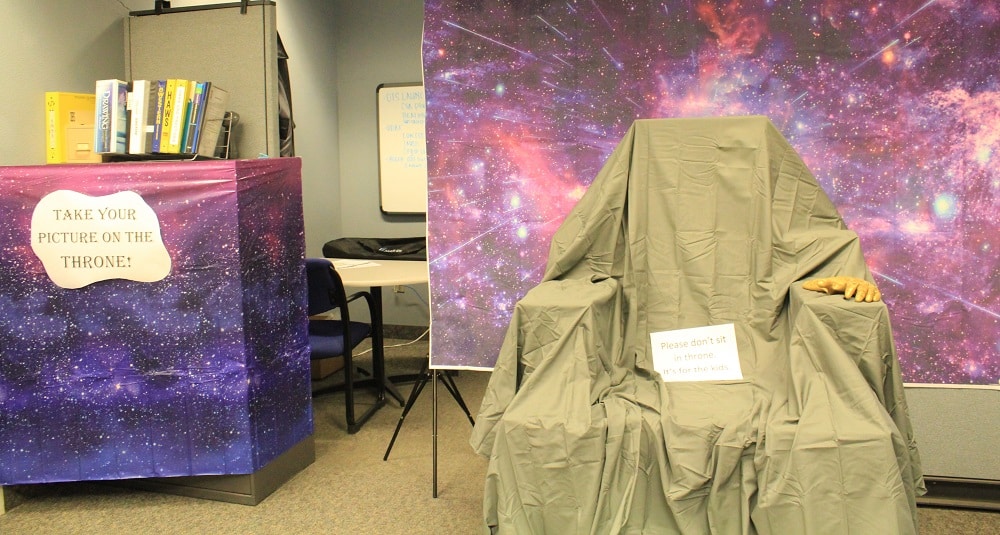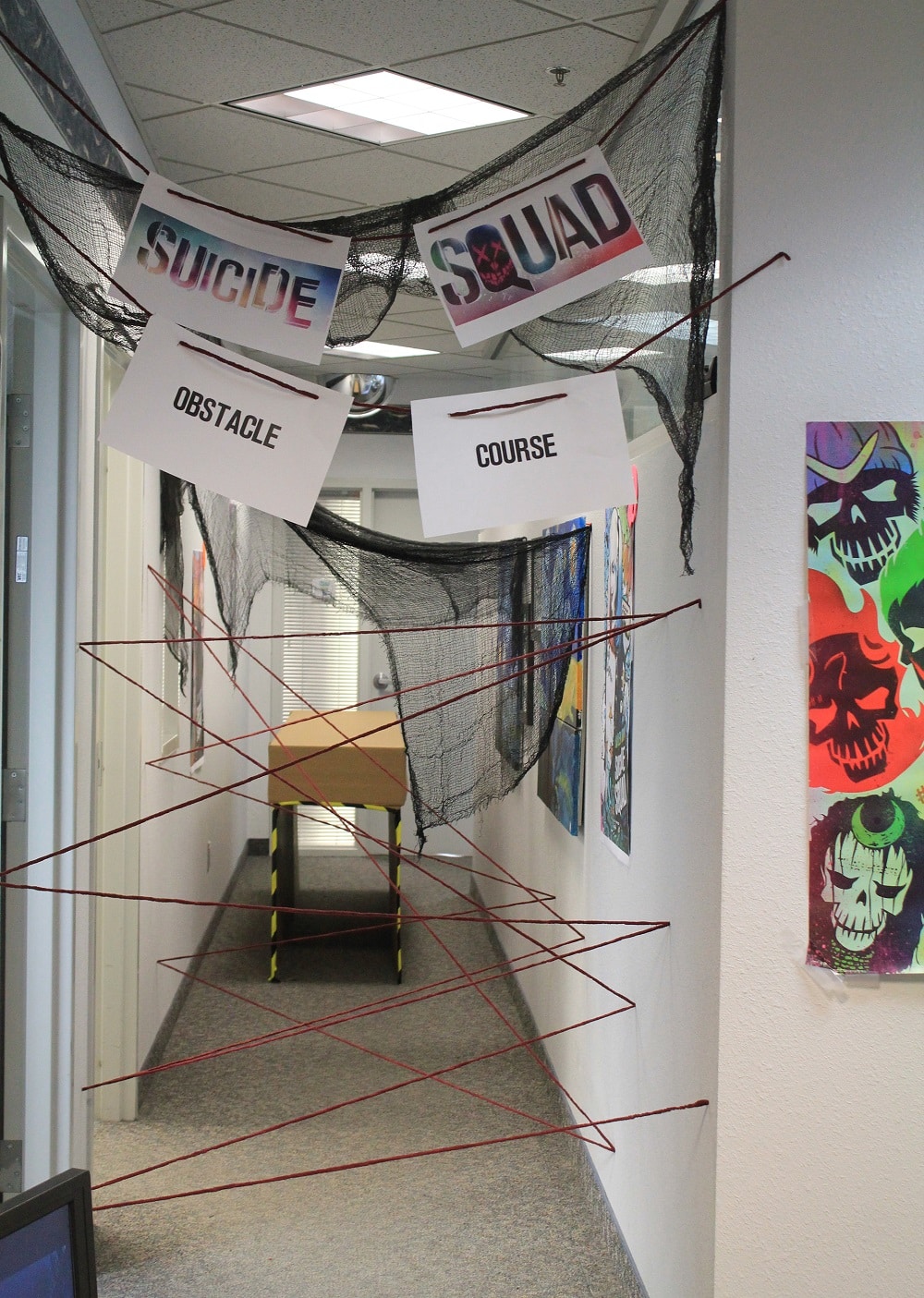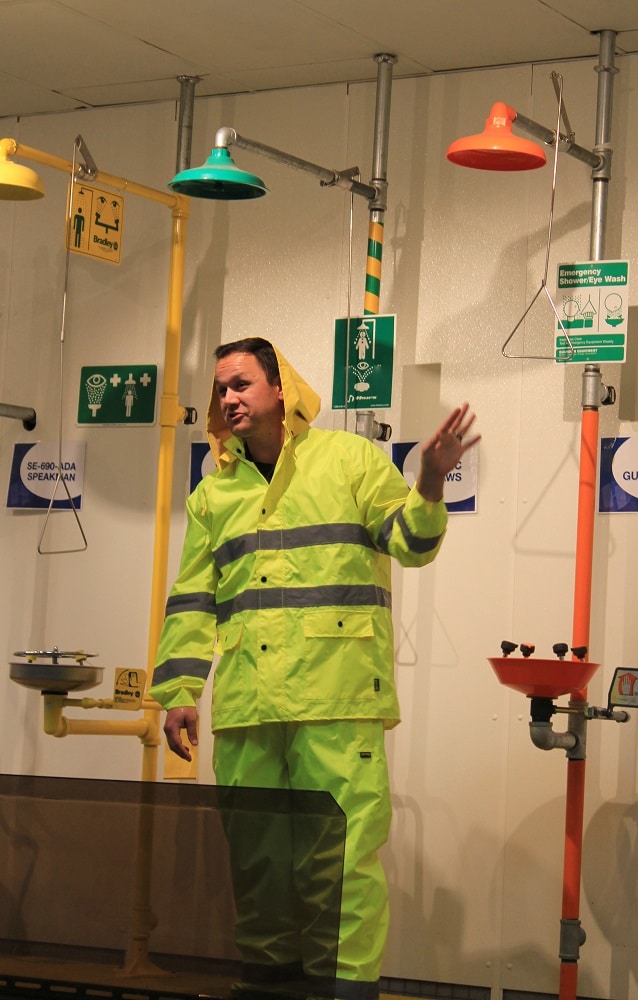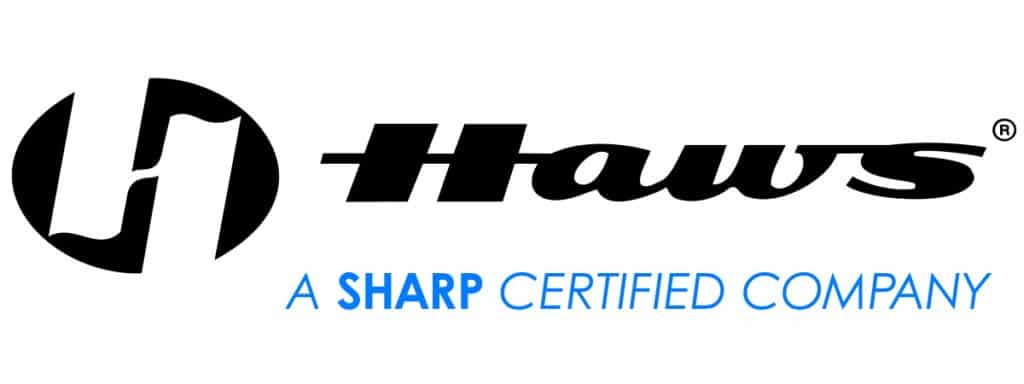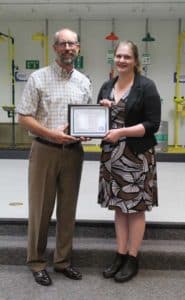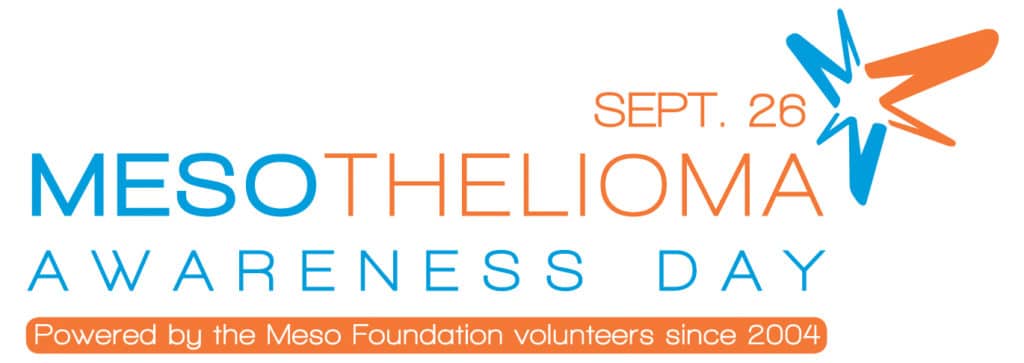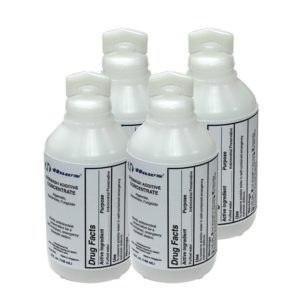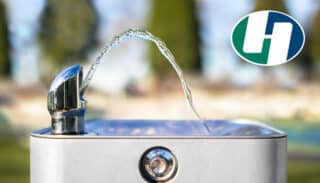Haws Corporation is proud to announce the appointment of Musillo Sales Agency, Inc. as our master rep for Western Pennsylvania, Ohio and West Virginia, serving the plumbing channel effective February 1, 2020.
Musillo Sales Agency, Inc. is based out of West Homestead, PA.
Musillo Sales Agency, Inc. contact info:
Phone: 412.461.4544
website: www.www.musillosales.com
For additional information please contact:
Brian Clark, Director of Sales, NA
Haws Corporation
1455 Kleppe Lane
Sparks, NV 89431
M: +1 (416) 993-3890
www.hawsco.com
Safety During Winter Holidays
With the winter holidays here, who better to warn you about the lurking dangers and offer safety solutions than Haws™.
Holiday Safety Statistics (according to the National Fire Protection Agency)
- From 2012-2016, an average of 170 home fires were started from Christmas trees per year.
- Christmas Day & Christmas Eve follow Thanksgiving as the peak days for home cooking fires.
- The leading factor in cooking fires and fire deaths is unattended cooking.
- Christmas Day, New Year’s Day, & New Year’s Eve are the top 3 days for home candle fires.
- Alcohol-impaired fatalities represent about one-third of the automobile fatalities on Christmas, Thanksgiving, & New Year’s. (Injury Facts 2017)
Safety Tips:
- Use a designated driver
- Check food regularly
- Keep children out of the kitchen
- Timers are a great way to remind yourself that the stove or oven is still on
- Keep trees away from any heating sources
- Have a functional fire extinguisher
- Be sure to turn off all appliances when done
- Never use water to put out a grease fire!
Additionally, the Haws Model 7620 AXION® eyePOD® is a convenient safety tool to keep in your home at all times in case of an emergency. The eyePOD® is an eyewash that is easily mounted onto your faucet to provide a Medically Superior Response consistent with all EMT, emergency room and doctor office protocols by sweeping contaminants away from the vulnerable nasal cavity. Find out more about the model 7620 and more Haws products by visiting the website at: https://www.hawsco.com.
Happy Holidays to all!
Post written by Hayden Del Dotto
OSHA WEBSITE: Haws® Corporation Lowers Workers’ Compensation Premiums 25% and Earns SHARP Status
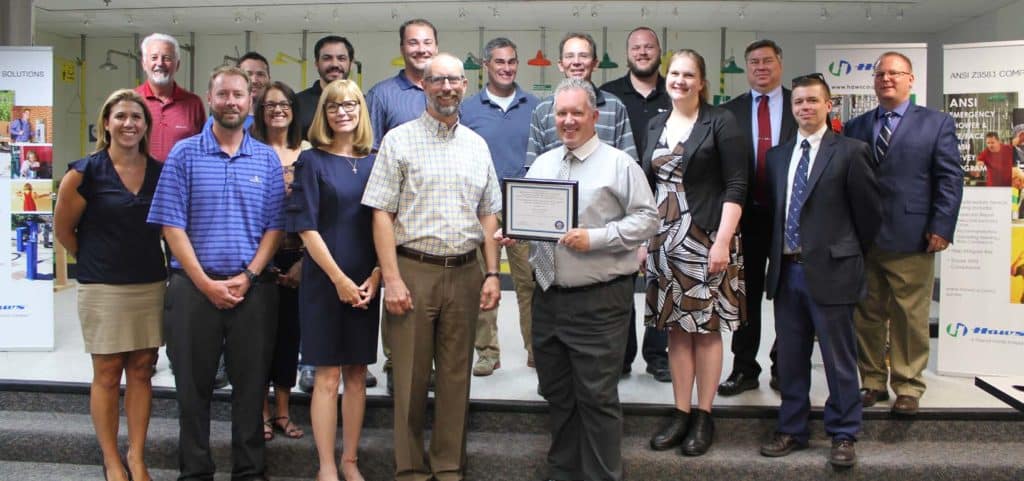
READ ARTICLE FEATURED ON OSHA’S WEBSITE HERE>>
Haws® Corporation invents, manufactures, and builds standardized and customized hydration and emergency response products. Customers vary from heavy industrial and refinery sites to schools and local municipalities. Founded in 1906, Haws® Corporation, has its global headquarters in Sparks, Nevada.
The Haws culture has a strong foundation in safety and takes great pride in continuous improvements in safety products and processes. To encourage progressive safety practices, Haws®Safety Supervisor, Melanie Mayer, and other team members often attend trainings offered by the Nevada Safety Consultation and Training Section (SCATS). “The Occupational Safety and Health Administration (OSHA), On-Site Consultation Program, and Safety and Health Achievement Recognition Program (SHARP) were discussed during one of these sessions, and we decided that we would like to pursue the award,” said Haws® Communications Specialist, Samantha Hoch.
The OSHA On-Site Consultation Program offers no-cost and confidential occupational safety and health services to small- and medium-sized businesses in all 50 states, the District of Columbia, and several U.S. territories, with priority given to high-hazard worksites. On-Site Consultation services are separate from enforcement and do not result in penalties or citations.
“We regularly use SCATS for occupational assessments when we do not have the technical capabilities in-house, said Mayer. “When a Job Hazard Analysis identifies a potential hearing or industrial hygiene risk, we rely on SCATS to perform the assessment.”
In December 2013, during the initial On-Site Consultation visit, the Nevada SCATS consultant identified two main types of hazards: electrical (misuse of power strips, extension cords, etc.) and using water hose type clamps on air lines. Haws® corrected all of the identified hazards, using cross-functional teams, comprised of operations supervisors and managers. Each team had assigned action items that they tracked and managed to completion in biweekly meetings.
People from all levels of the organization continue to contribute to workplace safety activities. For example, building maintenance personnel were trained on what to look for to prevent the electrical and air line issues. Feedback during the walkthrough also revealed that a need for consistent clarity about reading Safety Data Sheets (SDS), so an in-depth training session on reading and retrieving SDS was conducted. Now, one SDS is reviewed in each bi-weekly Production Meeting. In addition, the Safety Supervisor is available in each Production Meeting to answer questions.
Given the Haws® business history and product offering, achieving SHARP status was an organizational priority, and resources were assigned as needed. The company has benefitted in several ways from working with Nevada (SCATS). Employee engagement in the safety programs has increased. Workers’ compensation insurance premiums have decreased. “We have always had a very strong safety culture, but the involvement of line employees has increased since we decided to go for SHARP,” noted CEO Tom White. “The whole Haws® team is proud to have achieved the award, and everyone continues to work diligently to report hazards and maintain a high level of safety. It’s important that we demonstrate the value of safety culture.”
On June 11, 2018, Haws® vision and hard work were rewarded; the company joined the ranks of OSHA Safety and Health Achievement Recognition Program recognized participants. This program recognizes small business employers who have used the OSHA On-Site Consultation Program services and operate an exemplary safety and health programs. Acceptance of a worksite into SHARP from OSHA is an achievement of status that singles the company out among its business peers as a model for worksite safety and health.
To locate the OSHA On-Site Consultation program nearest you, call 1-800-321-OSHA (6742) or visit www.osha.gov/consultation.
Sources: Samantha Hoch, Communications Specialist, Haws®
Melanie Mayer, Safety Supervisor, Haws®
John Lindgren, Industrial Hygienist, State of Nevada Safety Consultation and Training Section
By Joanne Benz
The United States Access Board is an independent federal agency that promotes equality for people with disabilities through leadership in accessible design and the development of accessibility guidelines and standards. The Board is made up of twelve representatives from many federal department and another thirteen are members of the public appointed by the and the majority of whom must have a disability. The Board develops and maintains design criteria for everything people encounter in their day to day lives. One guideline that Haws is most interested in is the Standard for Protruding Objects because there are guidelines in this Standard for drinking fountains.
Watch the video and pay close attentions around minute 4.
Haws Super Heroes and Villains Open HouseHaws employees, spouses, kids, and other family enjoyed an evening of fun at the Haws Open House. Dressed as Super Heroes and Villains, the different departments decked out their areas. From pumpkin decorating contests and a haunted maze to emergency shower demonstrations, the kids and families partook in activities throughout the Haws facility. Treat or Treating, a Nerf Gun Shooting Range, appetizers and desserts, and more!
How To Prepare Your Haws Outdoor Fountains for WinterDuring cold seasons, it is important that outdoor drinking fountains and bottle fillers are equipped for the potentially harsh winter weather. Many drinking fountains and bottle fillers are designed to withstand extreme climate conditions from an external durability standpoint, yet it is pertinent to ensure internal waterways do not freeze and create damage.
If you have an outdoor drinking fountain and/or bottle filler that has a bury valve installed below the frost line and a freeze-resistant push button, or an outdoor wall-mounted fountain with a freeze valve box and waterways inside of the building (kept at above 50°F [10°C]), then the equipment does not require any additional maintenance or preparation for winter conditions and can be left on for use throughout all seasons.
Any hydration products installed in areas that reach freezing conditions should be inspected for freeze-resistant components. Check the owner’s manual for component details. If it is determined that the equipment is not freeze-resistant by design, then follow the steps outlined below to winterize your outdoor hydration equipment.
Winterizing Your Haws Drinking Fountain or Bottle Filler
All Haws drinking fountains and bottle fillers use a patented push button activation valve (5874PB/5874PBF) with front access for adjusting stream height, and for replacing the cartridge by use of a simple spanner wrench. This allows for easier access and maintenance.
- STEP 1: Turn off water via the shutoff or on/off valve
- STEP 2: Disconnect supply line tubing from the shutoff valve at the lowest point and let water drain from the tubing
- STEP 3: Remove the cartridge from the push button valve
- A. Remove button using the provided spanner wrench. Button must be rotated so spanner wrench holes line up. Twist off push button.
- B. Remove the cartridge retaining nut using the spanner wrench by twisting counterclockwise until the nut pops off
- C. Remove cartridge and store for reuse
- STEP 4: Thread the retaining nut back on along with the push button
For models that do not use the Haws Model 5874PB Push Button or any other questions, please call Technical Support at 800.766.5612 or [email protected].
INFOGRAPHIC: Tips to Stay Hydrated on Halloween Haws Awarded SHARP Status (Safety and Health Achievement Recognition Program)On August 7, 2018, Haws Corporation® was awarded SHARP status by the Nevada Division of Industrial Relations. SHARP, the Safety and Health Achievement Recognition Program, is an OSHA cooperative program that recognizes businesses with exemplary safety and health programs and lower than average injury rates.
As a manufacturer of emergency equipment for more than 60 years, safety is an essential part of Haws’ business. This attitude is reflected in not only the products that we sell, but also in how we operate day-to-day, and in our company culture.
As our CEO Tom White mentioned at a recent all-hands meeting, “Our goal is to make sure everyone gets to go home to see their families.” That commitment to safety starts with our employees and our facilities, and has given us outstanding safety ratings in our manufacturing, assembly, and administrative facilities.
Haws is proud to be one of the 36 companies in the state of Nevada to have achieved this certification. We recognize that the health and safety of our employees is integral to our success. For us, safety is much more than a policy book; it’s a core value that we apply to all aspects of our business.
The Importance of Clean Water and Conscious UsageIt is no question that water is a fundamental human need. Every person needs approximately 20 to 50 liters of clean, safe water each day for various needs like drinking, cooking, and safely maintaining hygiene.
Polluted water isn’t just dirty — it can be deadly. Studies from the Pacific Institute Research Report state that each year, more than 5 million people die globally from diseases caused by unsafe drinking water, improper sanitation, and insufficient water for basic hygiene.
The majority of people impacted by insufficient water supplies are concentrated in less developed parts of the world. Even so, it is equally important for those of us in more developed nations to also remain mindful of the threats associated with contaminated water, including ways to better optimize conscious usage.
Common Ways Water Can Become Contaminated
Sewage (Fertilizer)
Sewage doesn’t pose as big of an environmental concern as some other pollutants, but it does present dangers to our water sources. In small amounts, waste breaks down naturally and does no harm to water at all. In large amounts, it can deplete the amount of oxygen in the water. When not enough oxygen is in a body of water, surrounding aquatic life can be compromised.
Acid Rain
Although acid rain is less of a threat than it has been in the past, it still remains a major pollution problem today. The burning of fossil fuels releases compounds that will interact with the H2O in the air, creating a toxic raindrop that includes nitric and sulfuric acid. This chemical pollutant pours from the sky into the water and soil. If water supplies happen to be coming from a reservoir, lake, or stream that has an acid water build-up, the local water company will be monitoring acid levels within the source.
If there were to be a threat present, a boiling alert would be instilled. Having a filtration system can be an extra way to protect a property against these acidic contaminants. In the case that you have well-water, you are more likely to be contaminated without proper filtration. When you receive the required annual tests of your water, you can monitor any rise in toxins, and adjust accordingly.
Non-point Sources
Water pollution can happen in one of two ways, by means of non-point or point systems. Non-point pollution comes from indirect sources, like agricultural runoff, mining or mineral waste, road paving, and construction or industrial activity. Nonetheless, toxic compounds trickle into water systems through rainwater drainage, melting snow, and running streams. With non-point water pollution it’s nearly impossible to trace the original polluter.
Asbestos is a dangerous non-point water source contaminant. This natural mineral can make way into our water through damage to dated water pipes (asbestos cement pipes), natural deposits in the ground or from the improper abatement process from building debris. Ingesting asbestos can lead to the rare but devastating cancer, peritoneal mesothelioma.
The Oil Industry
Everything about the oil industry from drilling, transporting, laying pipeline, shipping, and end user consumption can present a possibility for water pollution. From extreme cases like oil rigs damaged by bad weather, to barges that undergo accidental leaks, the oil industry is a major danger to clean water and aquatic life.
Thermal Pollution
Thermal pollution can be just as damaging as bacterial or sediment pollution. Power plants are the largest contributors of toxic pollution to waters. Thermal pollution occurs when sudden temperature increase or decrease to a natural body of water happen due to human influence. This most commonly occurs when a power plant or manufacturing facility takes in water from a nearby resource as a cooling method for their machinery, then returns it back into the environment, contaminated.
In 2013, the U.S. Environmental Protection Agency reported that power plants dump more pollutants (mercury, arsenic, lead) into our waters than the next nine industries combined.
Health Threats Associated with Unsafe Water Sources
Many factors affect the possible impact on health from contaminated water. The age and general health of an individual, the type of contaminant, the amount consumed, and how long the person has been drinking the contaminated water will dictate the threat.
Effects of drinking contaminated water can be immediate and short-term, while others may not be noticed for years and result in more serious illnesses.
Learn more about health effects and water-related diseases:
- Gastrointestinal & Stomach Illnesses (Diarrhea)
- Peritoneal Mesothelioma
- Food Depletion & Contamination
- Effects of Acid Rain
EuroSafety Trade Fair
Visit the Haws booth E610
September 11–13th, 2018
Tampere Exhibition and Sports Centre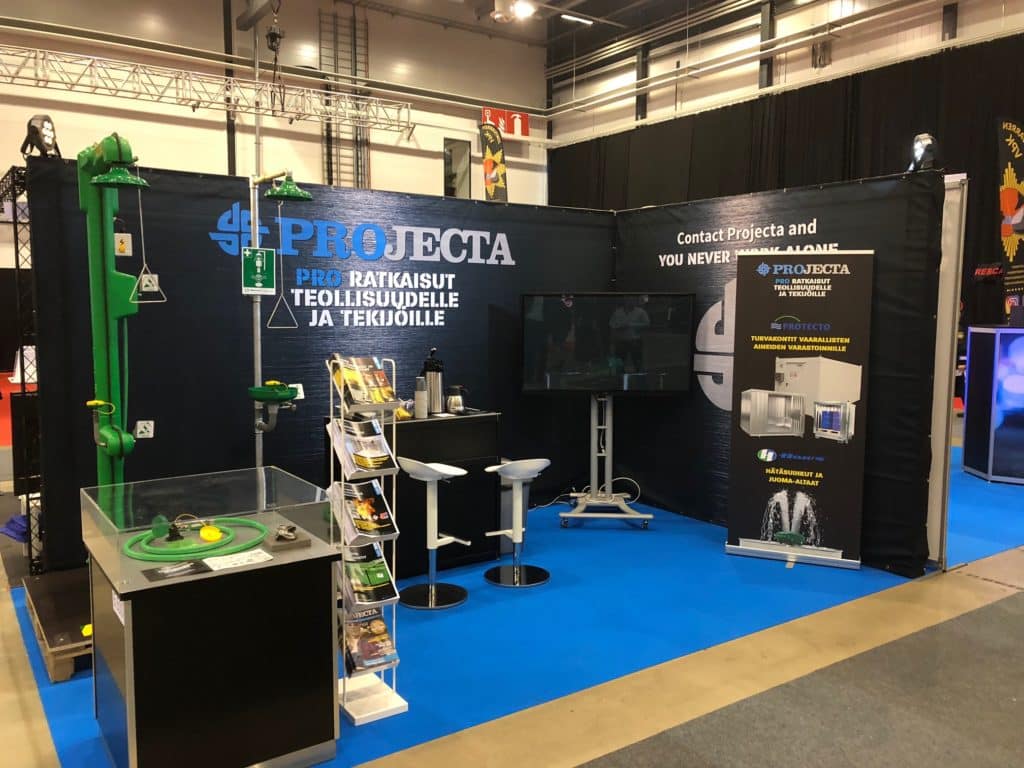
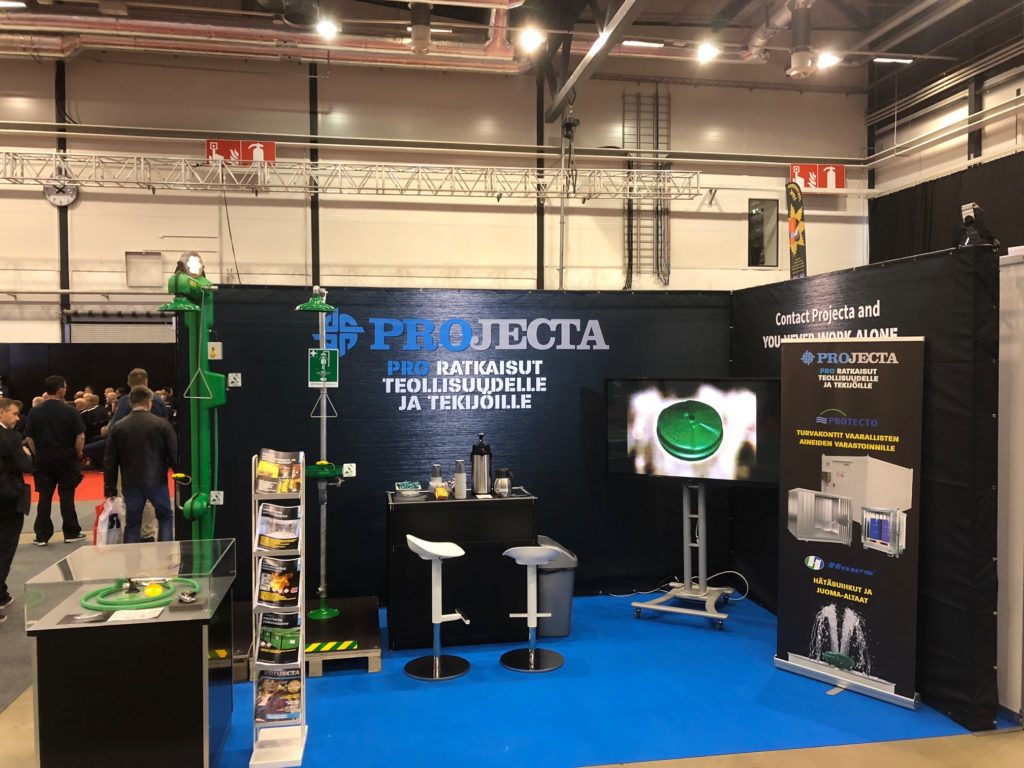
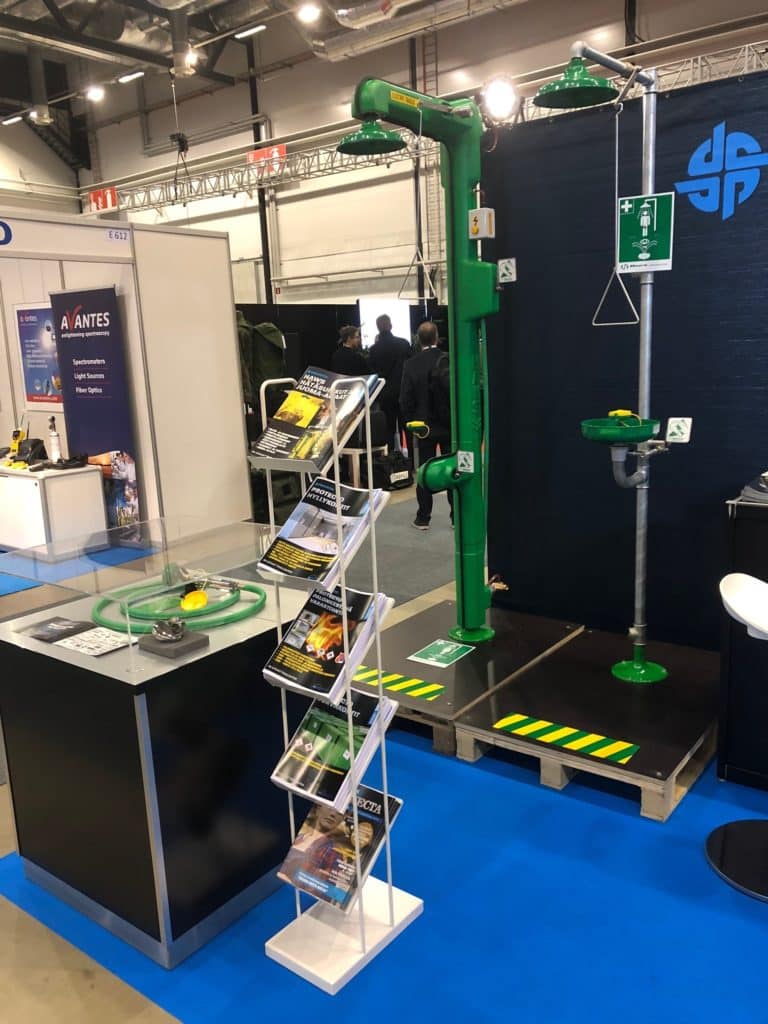
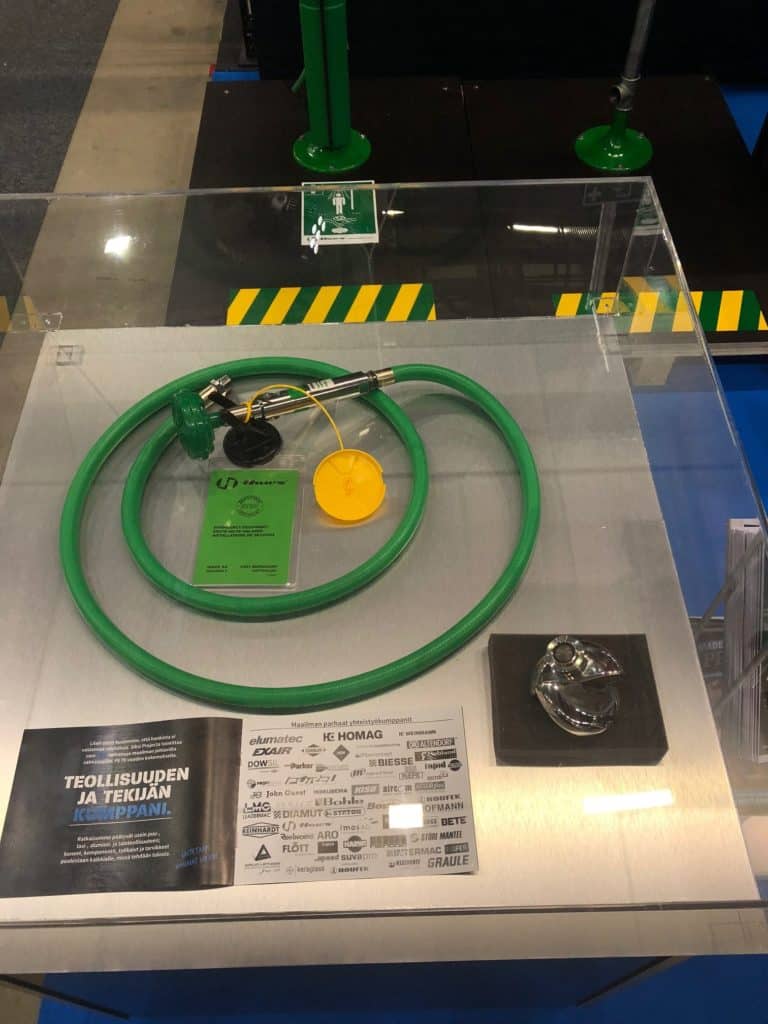
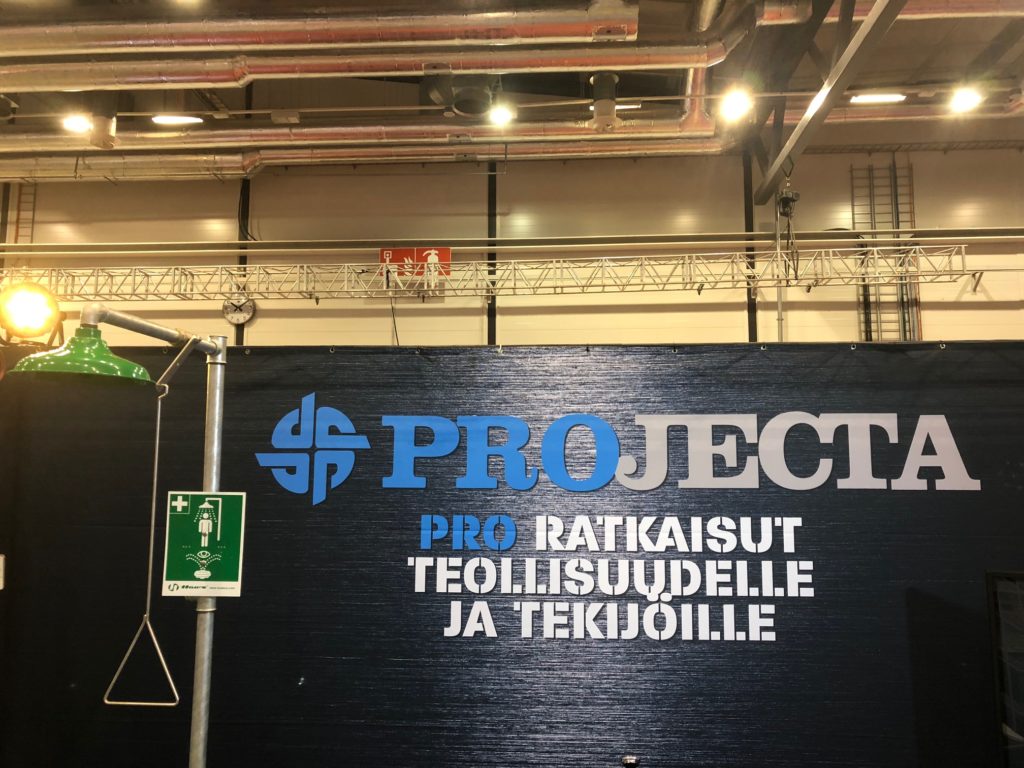
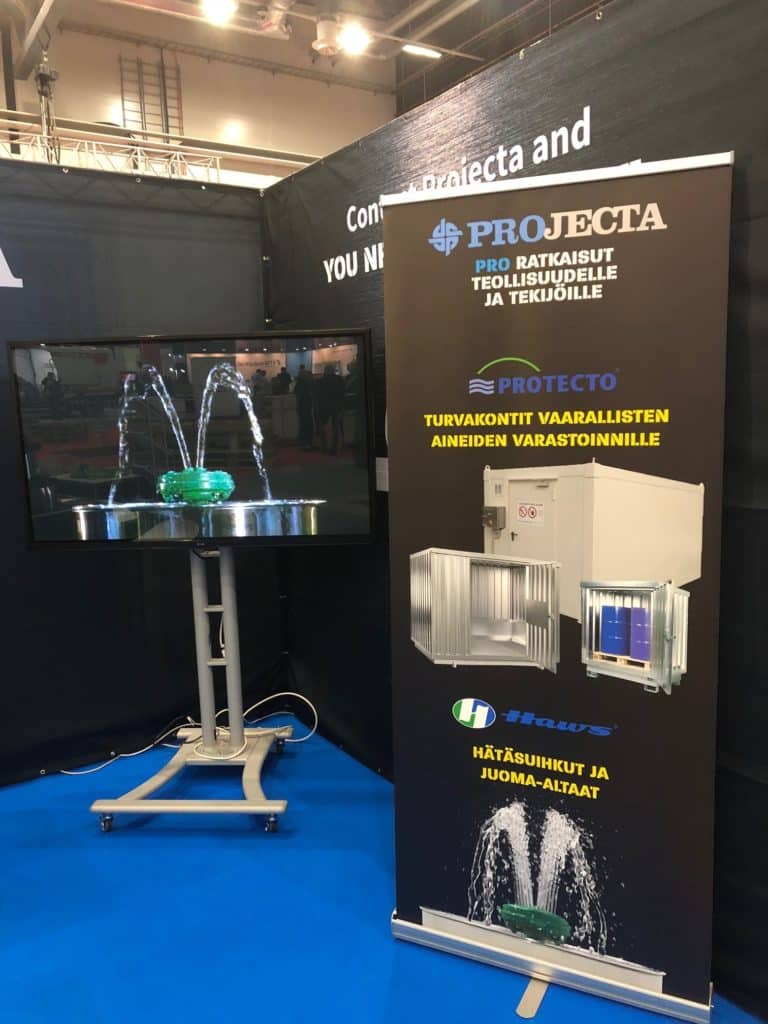
Importance of Safe Water For Your Eyes By Hayden Del Dotto, Haws Online Content Specialist
Chances are that if your day involves using an emergency eyewash station, it probably hasn’t been the best of days. An issue with chemicals or hazardous substances in your eyes can ruin any day, but if you add an eyewash with non-sterile water to this equation it could ruin your life. According to OSHA, each day over 2,000 people injure their eyes at work and temporary or permanent vision loss is a result of 10%-20% of these occupational eye injuries. Loss of vision, whether it’s temporary or permanent, is a scary thing and along with a diminished quality of life, there are large costs for both an individual and employer. Direct costs for eye injuries alone cost employers over $467 million a year according to the U.S. Bureau of Labor Statistics (BLS).
To prevent such permanent and costly eye injuries it is important for an employer to not only have eyewashes, but also make sure that the water being used in them is safe as well. For the water to be safe it must be between 60°F and 100°F so that it does not enhance the chemical reaction in the eyes and is comfortable for the whole 15 minutes of use. Along with temperature, making sure that the eyewash water is ‘sterile’ is another important factor for safe water. If a portable eyewash doesn’t have ‘sterile’ preserved water, it could lead to additional irritation.
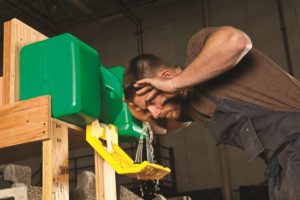
Bacteriostatic preservatives are an ideal solution to having ‘sterile’ preserved water in your self-contained, portable eyewashes because they limit the growth of bacteria in the water. One 5 oz. bottle of the Haws model 9082 will preserve five to twenty gallons of potable water for up to three months. This ‘sterile’ solution is in compliance with FDA regulations and is an important piece to your own safety as well as your employees’. Find out more about the model 9082 and more Haws products by visiting the website at: https://www.hawsco.com.
Simple Fundraising for a Bottle Filler
With the Hydration By Haws™ Bottle Filler Fundraising Program, your group can easily raise the funds to earn your own Hydration By Haws™ Bottle Filler! With no out-of-pocket costs and easy payment options, the Hydration By Haws™ Bottle Filler can quickly be installed at your location.
Sign up your group and receive 300 custom Nalgene® bottles printed with your selected logo and start selling. After 90 days, pay for the Hydration By Haws™ bottle filler with the bottle sale proceeds. No money comes out of your budget!
How to get started:
- Submit a request to receive pricing, options, and the order form
- Place your order selecting the product model type and bottle color along with your custom logo for the bottles
- Receive and install your new bottle filler right away
- Sell the custom Nalgene® bottles
- Proceeds pay for the new bottle filler and the bottles!
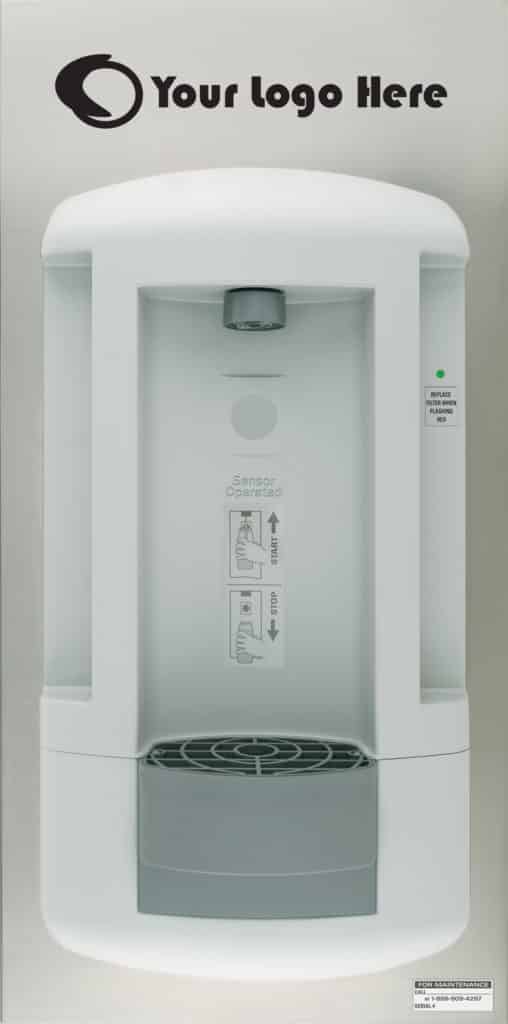
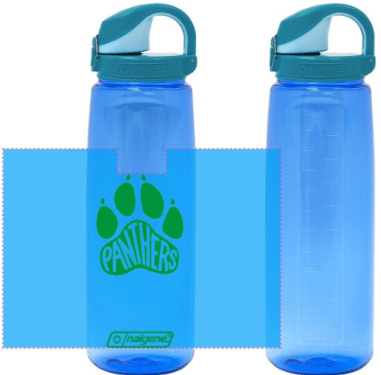
To learn more about the program or to get started, visit the Fundraising Page or watch the short presentation below that goes over the fundraising program details.

